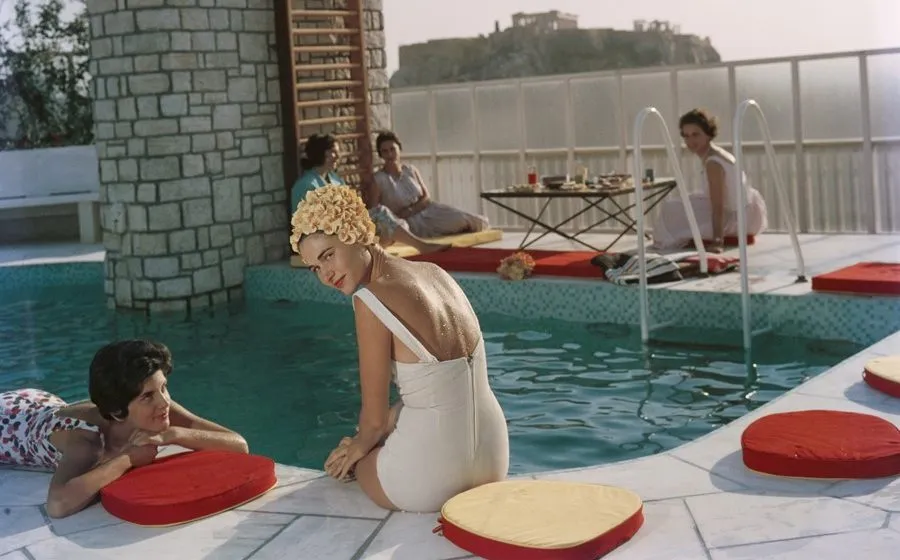The Bureau of Authentication, a collaborative project that poses questions about provenance and antiquities legislation.
Israel is one of the few countries in the Middle East where buying and selling antiquities is legal. Artists Michal Bar Or and Patrick Hough explore the implications.

Matters of authentication differ among the various fields of art history: from Roman and Greek sculptures and Egyptian artefacts to paintings. In each specific case there are sometimes only several experts who are able to correctly authenticate an object. Next to it some categories of cultural artefacts are the source of conflicting opinions from a wide range of experts. Talking about contemporary art, sometimes it can be difficult to identify an expert at all due to the absence of academic studies or catalogue raisonné.
Authentication can consequently be frustrating for the purchaser of an art object, especially without the guidance from a professional who is used to the process and its complexities. Nevertheless, the establishment of authenticity is increasingly recognized as a mandatory prerequisite for insurers, collectors and the art community. This awareness, in conjunction with new technologies, encourages a more in-depth, accurate, and modern authentication process.

The Bureau of Authentication, a collaborative project by artists Michal Bar Or and Patrick Hough, includes performance based installation work, video and photography. The result of the artists’ interest in the way archeology can be used to ratify national narratives, was the research of the process of transformation that occurs to objects and stories through bureaucracy and the creation of official documents. This project examined the dynamics of recording and translating oral history into written historical text, ideas related to provenance and market value. The Bureau of Authentication was produced as part of the ArtPort Tel Aviv residency program (artport.art) as a result of two months of intensive research around the intersection of archaeology and politics in the regions of Israel and Palestine.
The work was based around the antiquities trade in Israel, one of the only countries in the Middle East where buying and selling antiquities is legal. The laws regulating the sale of these objects can be traced back to the British Mandate period when Palestine formed part of the British Empire.
British Mandate period is sometimes referred to as the Golden Age of Archaeology. It made the region of modern-day Israel one of the most active centers of excavation and archaeological research in the world. The British Government enacted the Antiquities Proclamation back in 1918 which served to recognize and protect the importance of the region’s cultural heritage.

The state of Israel was declared in 1948, keeping in place most of the legislation enacted during the British Mandate period. This did not necessarily mean that Israel valued the British legal system, but Israeli leaders needed a legal framework to aid nation building. In this time of civil unrest, looting was on the rise and there were reports of military robberies of archaeological sites and museums. This led to the establishment of an Antiquities Unit in July 1948, the purpose of which was the oversight of archaeological heritage.
The Israeli antiquities law was finally enacted in 1978. Archaeological focus shifted from questions of chronology to the realm of trade relations, social complexity, and political structures of past societies. People began digging to find a piece of their heritage in order to connect with their ancestors.
According to Israeli law, all the artefacts in a licensed shop must have been unearthed before 1978 and have been resold or bequeathed since then. In reality, many of the objects were found recently, turned over to dealers, and registered under false records. Archaeologists and dealers agree that Israel’s antiquities laws are easy to avoid, so vessels and coins in stores are very likely to have come from a tomb plundered by modern thieves.
The British Mandate’s new laws permitted trade in antiquities by recognized dealers, and, under certain conditions, the export of antiquities from Palestine. This period saw the rapid development of Antiquities stores, which issued certificates of authenticity for artefacts along with export licenses through the British Mandate laws. Despite increased regulation of trade in recent years, the practice continues to this day. Reflecting on this, The Bureau of Authentication project raised questions about what these documents are, who has the authority to issue them, and how they change the value and meaning of objects and their histories.
 As part of The Bureau of Authentication performance, members of the public were invited to bring evocative objects to the office of the Bureau where after a consultation, a unique certificate was issued for their object, recording both its physical aspects and the history surrounding it, as told by its owner. All objects were photographed in situ and reproduced within the signed and stamped certificate. An additional copy of the certificate was hung on the wall of the gallery forming part of the Bureau’s growing public archive. Participants were also invited to choose the language of their certificate – English, Arabic or Hebrew and these languages were used throughout the entire Bureau’s graphic design concept.
As part of The Bureau of Authentication performance, members of the public were invited to bring evocative objects to the office of the Bureau where after a consultation, a unique certificate was issued for their object, recording both its physical aspects and the history surrounding it, as told by its owner. All objects were photographed in situ and reproduced within the signed and stamped certificate. An additional copy of the certificate was hung on the wall of the gallery forming part of the Bureau’s growing public archive. Participants were also invited to choose the language of their certificate – English, Arabic or Hebrew and these languages were used throughout the entire Bureau’s graphic design concept.
The two video works in the exhibition open up the conversation to a wider historical time frame: both films were shot in Masada, a mountaintop fortress built by Herod The Great between 37 and 31 BCE. In the film ‘Above the Black Line’, the camera follows the black line that demarcates the border between the original archaeological material and its contemporary reconstruction. The site’s resonance today reveals the way in which symbols can circulate throughout time and through institutions and reemerge in ways that reshape the past for use within the present. Rather than separate fact from fiction, Masada’s black line serves to paint a hybridized present. It creates a relationship between a real and impossible world that is ‘neither here nor there’ but is oscillating in between. What results is an assemblage of compressed layers, superimposed structures, artifacts and debris that mix together to remodel collective memory.






